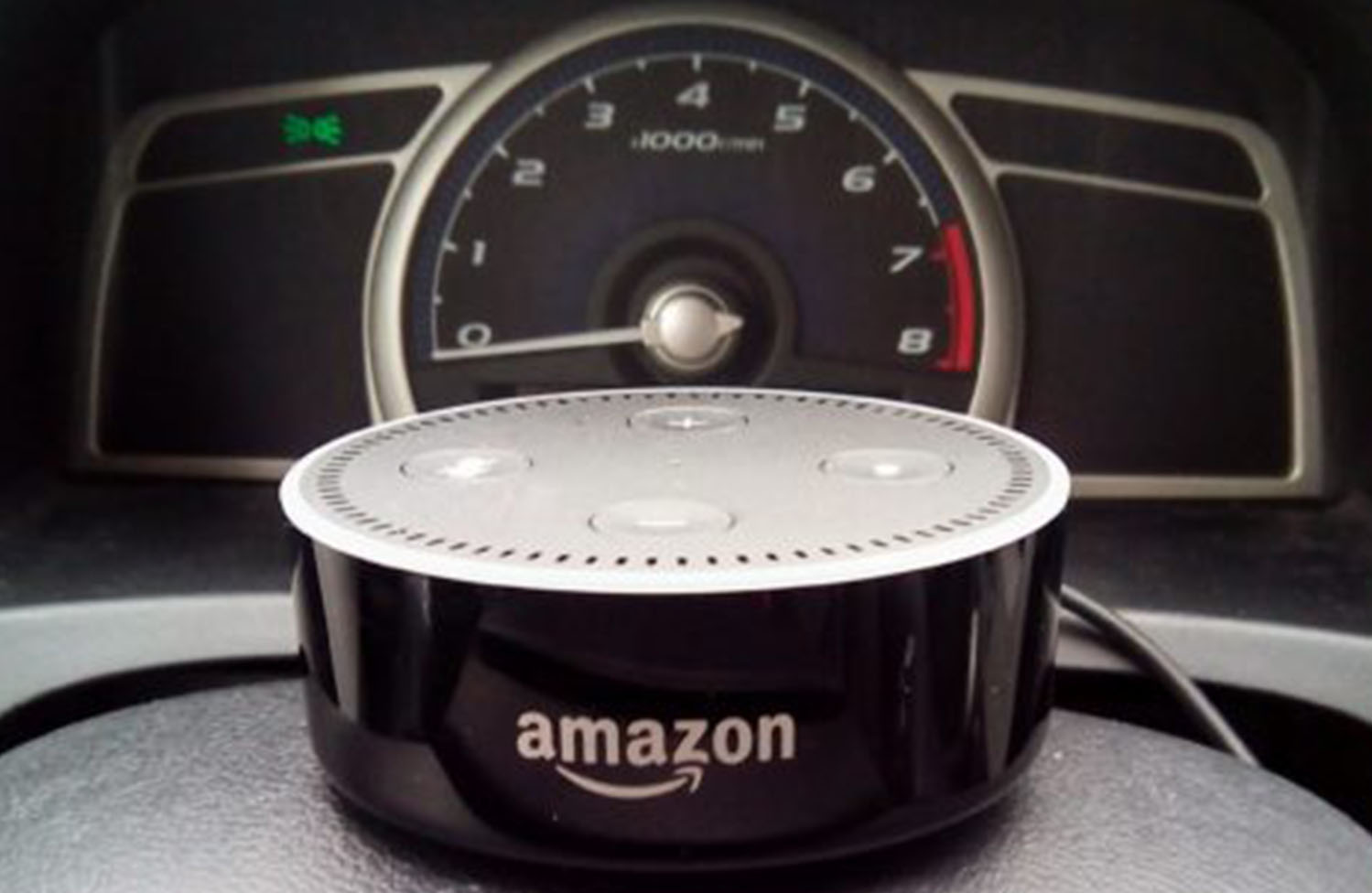Many companies have been exploring Industry 4.0 in one way or another. The idea can bring value across a number of ideologies.
One is connectivity, being able to receive the right data and send it to the right people in real time. A lot of manufacturing plants operate with partial data, challenges in manufacturing and delays in getting people to make timely decisions. How do we transition from a world where we are relying on humans to make decisions based on old information and opinions to where we can be more fact-based and prescriptive?
A second is advanced analytics. There is so much data that people have access to, it’s very hard for humans to make the best decisions — Industry 4.0 can help improve the quality of decision-making. Organizations can leverage Big Data, artificial intelligence, and machine learning to create predictive analytics. Similarly, these same organizations can take advantage of advanced analytics to more easily understand the main causes of quality issues such as in paint shops.
The third ideology, flexible automation, is where the automotive industry is at its best. OEMs have been relatively pushing the lead of automation for quite some time. They are continuing to look into the next wave of automation, and they are investigating ways to adopt use cases from the other two areas.
Automotive organizations are very satisfied with automation, and they have been looking at collaborative robots along with having long track records of experience in automated guided vehicles. Companies now are implementing predictive analytics use cases. The story’s example of Renault’s Dacia plant in Pitesti, Romania, demonstrates the detection of micro-level deviation and using it as a predictor of reliability.
The Road Ahead
Industry 4.0 has likenesses to lean manufacturing that the industry saw in the 1990s. The application of digital connectivity and teamwork offers a next level performance potential. In lean manufacturing terms, organizations are still looking to eliminate waste, decrease time, increase productivity and jump-start the effectiveness of assets.
Industry 4.0 allows for an opportunity to make major changes to things like time to market and areas of opportunities that span organizational boundaries. If you have a more transparent, analytically driven view of market demand, then not only can OEMs benefit, but suppliers also have greater visibility and can better control inventories. The whole value chain can better respond and better optimize its performance.
This becomes more important as the industry faces a wave of retirements and the loss of tribal knowledge developed over decades. What digital can do is codify the knowledge and provide remote support to technicians in the field. You don’t need to rely just on what’s in someone’s head.
Moving from trials and proofs of concept to full-scale distribution of Industry 4.0 depends on the organization knowing where the business case makes sense. A lot of companies will attempt new technologies to understand them.





